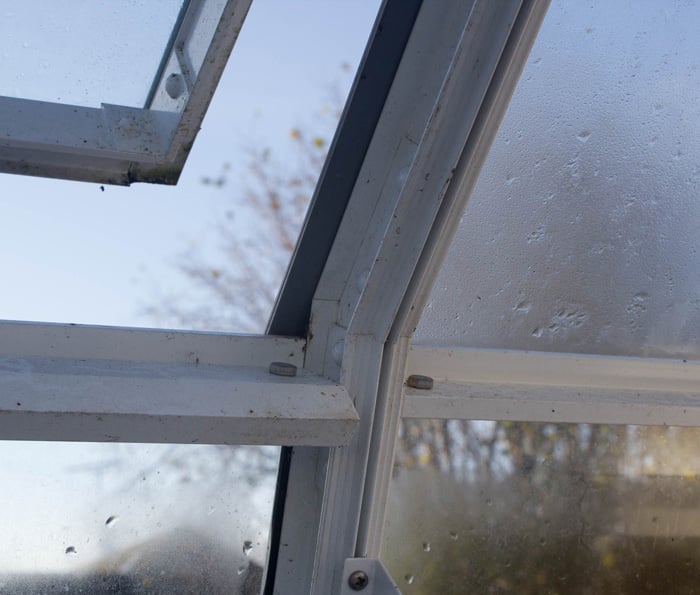I dread January; it is often the coldest month of the year, when snow makes its presence felt. If last year, was intent on reminding us that cold winters are not a thing of the past, it worked! (Do double check that you have wrapped your pots in hessian or bubble wrap if snow is predicted, to protect the roots and prevent terracotta pots from being damaged).
Once the seasonal festivities are over, and the twelve days have passed, our Christmas tree will be consigned to the shredder and recycled. This is not a time to be melancholy, spring is on its way and there is still plenty to do in the garden – who says that winter is our time of rest?
It is the time of year to prune grape vines, their sap starts flowing extremely early in the year and they bleed profusely if pruned once it has started. Vines fruit on the current year’s growth, so you need to create a framework of older wood from which they can be produced. If your vine has not been trained in the past, select several large stems to form a main framework, then cut back last year’s stems growing from this to one bud, with a sharp pair of secateurs and tie in the main stems. You will need to thin out the new growth several times over the year and tie the new shoots into wires, to prevent the stems from becoming congested.
There is still time to plant ornamental and fruit trees, providing the soil is not frozen or waterlogged – you will find the greatest selection at specialist nurseries. I still have to buy a sour cherry to train as a fan against the north facing wall of my vegetable garden, so watch this space! It is a good time to check tree ties too, a vital job that is often overlooked. Ties should be firm and secure but not cutting into the bark and the stake should be firm in the ground.
While you are in the fruit garden, feed your gooseberries red and white currants with sulphate of potash at 25g per square metre. If you have a log burning fire or stove, save the wood ash and spread copious amounts around the roots on a still day. Don’t forget to damp the ash down so it does not blow around the garden.

If you have not done so already, digging your vegetable garden is an ideal job for a cold day if the soil is not too wet. The key to success is to keep the spade vertical, taking slices around 5-6” wide, so it is easy to lift and turn the soil, without it falling off the spade or straining your back. Dig a little and often, aim to get into a rhythm and make sure that your back is covered when you bend – a pair of overalls are ideal! It is worth digging from an old scaffolding board, or similar, to avoid compacting the soil. Don’t forget to ventilate your greenhouse whenever possible, to reduce condensation, closing it up before temperatures cool in mid afternoon.
Happy New Year and enjoy your garden!
Take care, Matt










